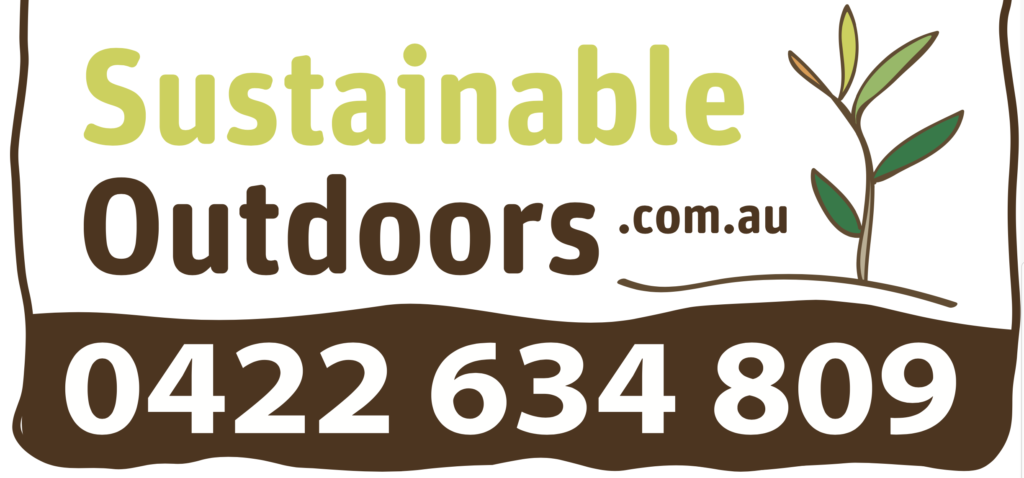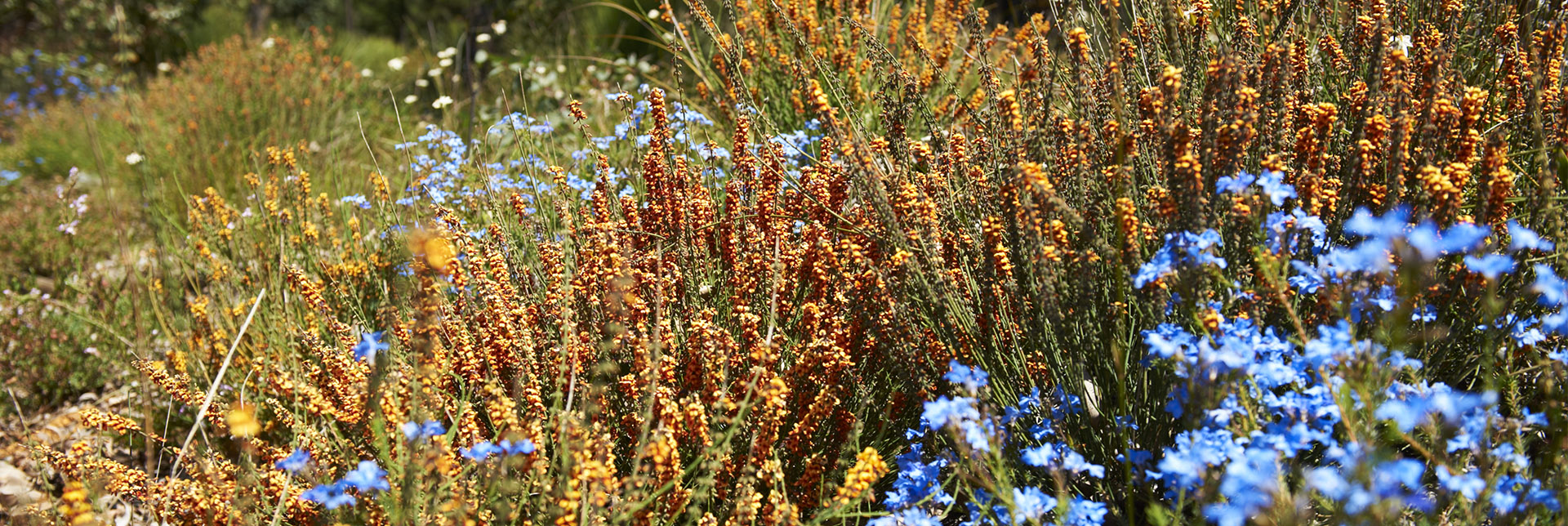Native gardens in Perth, WA
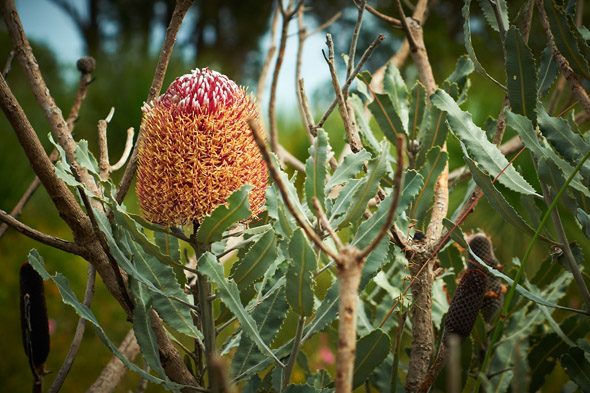
One amazing fact about Western Australian plant biodiversity is that it is one of the most diverse and unique regions for plant life on the planet. Western Australia is considered a global biodiversity hotspot due to its extraordinary variety of plant species, many of which are found nowhere else in the world.
What is a Native Garden?
A native garden is a type of garden that primarily features plants that are indigenous to the local region or ecosystem. These plants are native to a specific area and have evolved over time to thrive in the local climate, soil, and environmental conditions. As a result, they are well-adapted to the local ecosystem and often require less maintenance, water, and resources compared to non-native or exotic plants.
The purpose of creating a native garden is to mimic the natural landscape and support local biodiversity, however “designer” native garden can be very appealing when mass planting is implemented. Native gardens assist in providing habitat for native wildlife, including birds, butterflies, bees, and other beneficial insects. By using plants that are naturally found in the area, native gardens help preserve and promote the local ecology, while also contributing to conservation efforts.
Advantages of a Native Garden.
A native Verge Garden can offer a range of advantages, including:
- Biodiversity: Native gardens support a wide range of plant and animal species that are adapted to the local climate and ecosystem. By providing a habitat for native plants and animals, you contribute to biodiversity conservation.
- Water conservation: Native WA plants are well-adapted to Perth’s environmental conditions, requiring less water than lawns or non-native species. A surprising statistic is that 60% of household water usage is used outside the home. A native Verge Garden can help conserve our water resources.
- Low Maintenance: Once established, native gardens tend to be low-maintenance compared to traditional gardens. Native plants are generally more resistant to local pests and diseases, reducing the need for chemical interventions.
- Wildlife Attraction: Native gardens attract local wildlife such as birds, butterflies, bees, and other beneficial insects. These creatures play essential roles in pollination, seed dispersal, and natural pest control.
- Soil Health: Native plants have deep root systems that improve soil structure and increase nutrient cycling. This can help prevent erosion and improve soil health over time.
- Reduce Invasive Species: Planting native species helps reduce the spread of invasive plants, which can outcompete and disrupt native ecosystems. There are many examples of non native species escaping into wetlands and bushlands around Perth.
- Aesthetic Appeal: Western Australia has some of the most worlds most desirable species some of which can only be grown here! Native gardens can be visually stunning, with a unique and naturalistic appearance. They offer a variety of colours, shapes, and textures that create a sense of place and harmony with the local landscape.
- Climate Resilience: Native plants are better adapted to local climate conditions, making them more resilient to extreme weather events such as droughts or heatwaves.
- Educational Opportunities: Native gardens can serve as valuable educational tools, teaching people about local ecology, wildlife, and the importance of conservation.
- Cost Savings: Once established, native gardens generally require fewer resources and inputs, leading to long-term cost savings on water, fertiliser, and pest control.
Some of the amazing species WA has to offer.
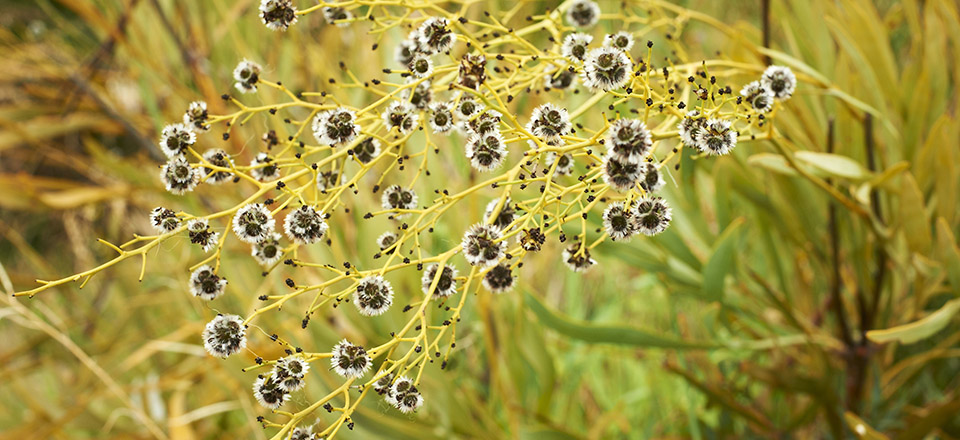
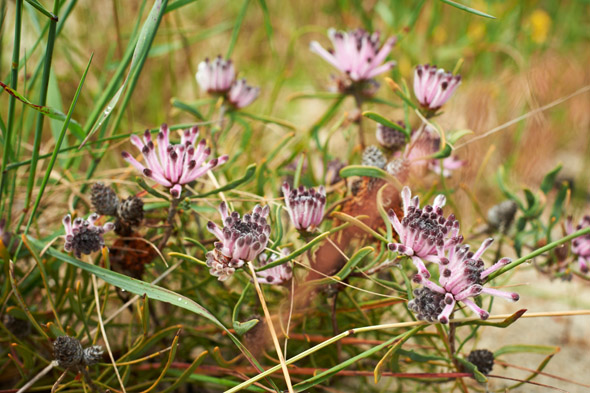
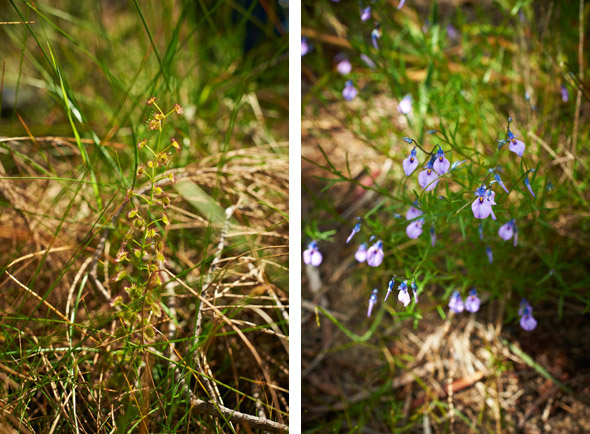
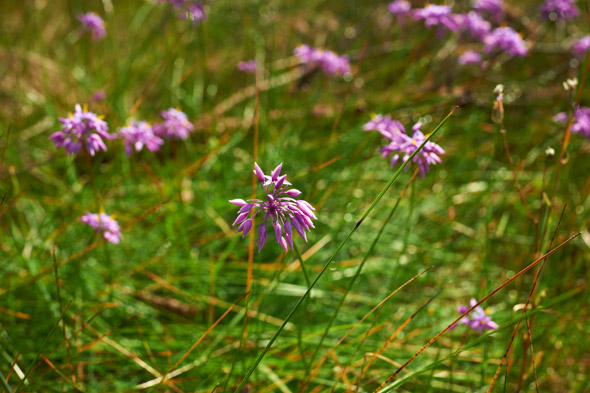
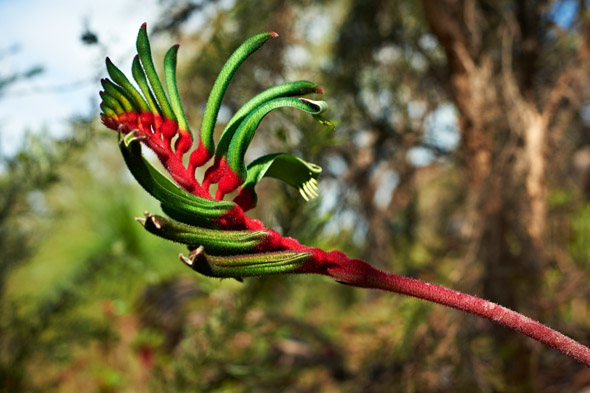
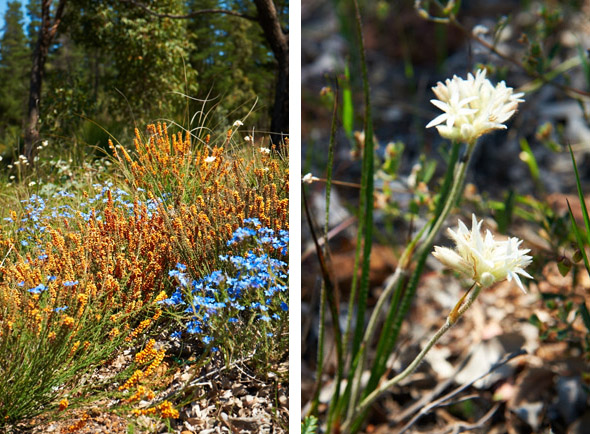
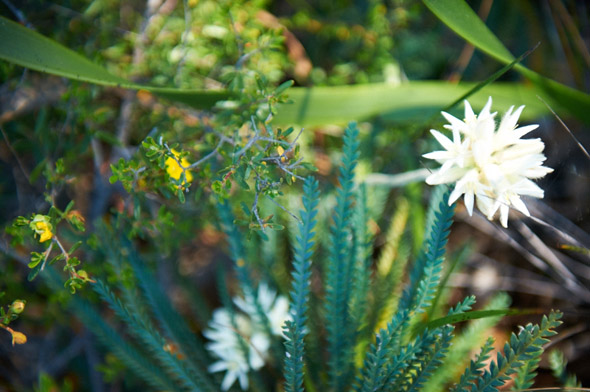
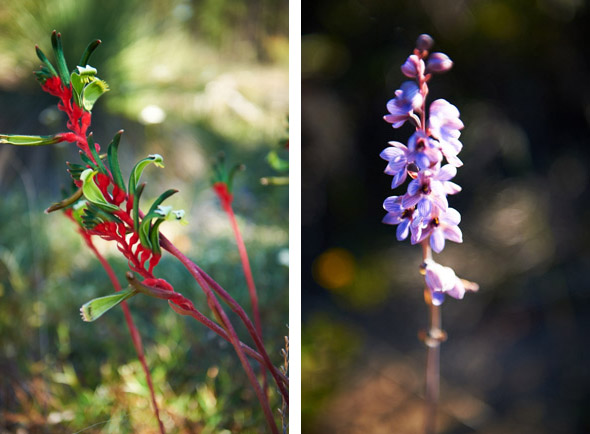
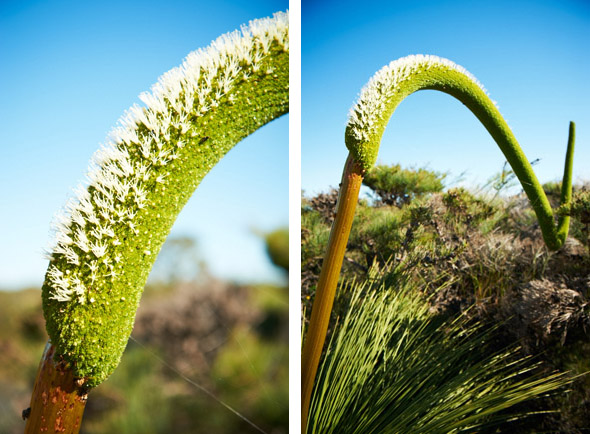

5 Steps to creating a Native Garden with Sustainable Outdoors:
- Contact us for a design and quote.
- Improve the soil with compost and bentonite clay.
- Retrofit drip irrigation or choose to hand water.
- Mulch using rough, chunky wood chip mulch to a depth of 100mm.
- Plant Waterwise, Western Australian native ground covers.
You may also wish to include:
- Rocks and Logs
- Gravel Pathway or Fire pit areas
- Bird baths or Cookatoo waterers
Want to find out more or get in touch for a quote?
